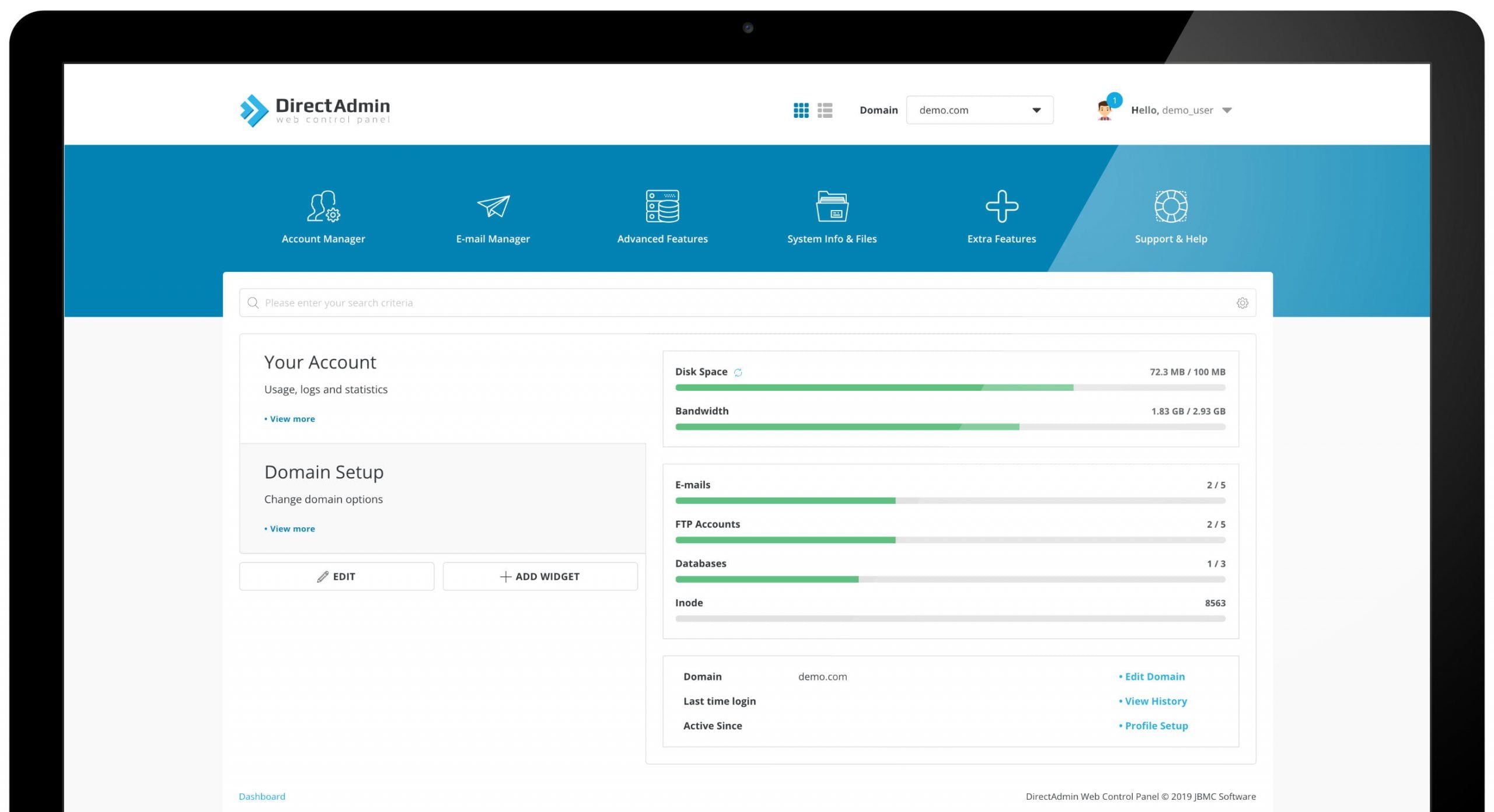By taking the help of Ruby programming language you can manage most of the complicated aspects of developing web applications. With most of the other programming languages, it becomes harder for the developers to manage all issues that occur in the web environment. To overcome these problems Ruby on Rails was introduced in the market, which later gained remarkable popularity and took web development by storm. The two basic guidelines of the Rails framework are – ‘Limited Software’ and ‘Convention over Configuration’.
An application becomes competent if it is developed using less code and can be implemented easily in any environment. It has been observed that complexities in code result in problems in understanding the system and maintaining it. Moreover, writing too much code not only consumes the time and effort of the developers but also complicates the debugging process of the application. Here comes the necessity of Rails, as it comes with limited software and improves the implementation process by reducing the time and effort of the developers. Another approach is simplifying XML configuration. There is no need of configuring files in the Rails application because it follows simple programming conventions – it can figure out everything through reflection and discovery (E.g. Rails uses intelligent reflection to automatically map database tables to Ruby objects).



